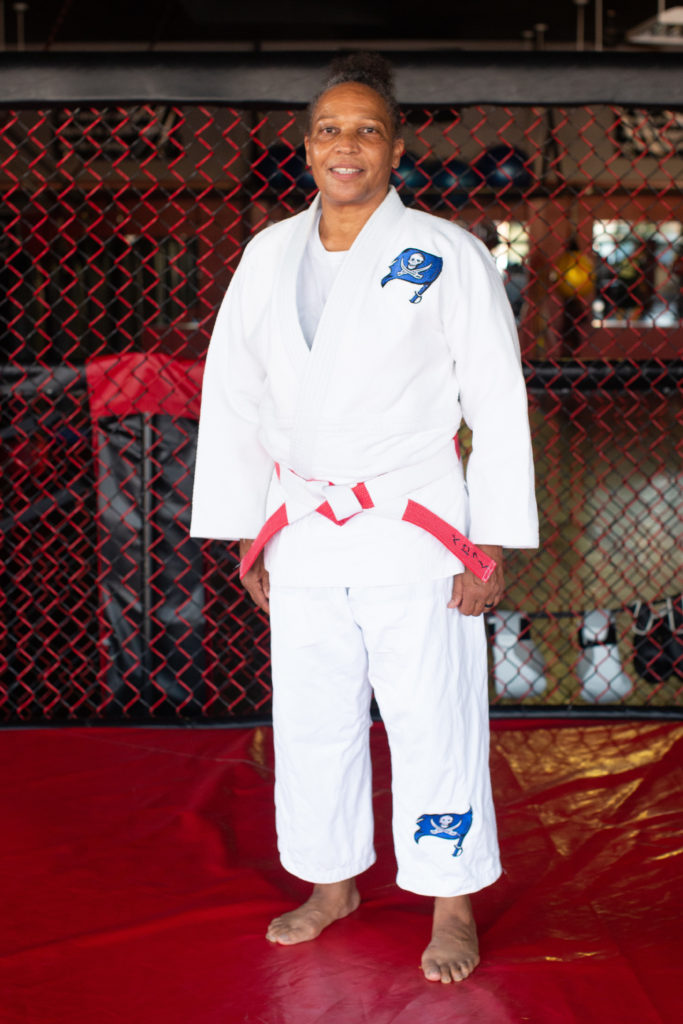Judo
The Gentle Way
Judo, the “gentle way” was created as a physical, mental and moral pedagogy in Japan, in 1882, by Kanō Jigorō. It is generally categorized as a modern martial art which later evolved into a combat and Olympic sport. Its most prominent feature is its competitive element, where the objective is to either throw or takedown an opponent to the ground, immobilize or otherwise subdue an opponent with a pin, or force an opponent to submit with a joint lock or a choke. Strikes and thrusts by hands and feet as well as weapons defenses are a part of judo, but only in pre-arranged forms (kata) and are not allowed in judo competition or free practice (randori). A judo practitioner is called a judoka.
The philosophy and subsequent pedagogy developed for judo became the model for other modern Japanese martial arts that developed from traditional schools. The worldwide spread of judo has led to the development of a number of offshoots such as Sambo and Brazilian jiu-jitsu.

Sensei Christine
Christine Penick Lincoln is a judoka from the United States, she placed as a Bronze medalist at the First Women’s World Judo Championship (1980) venue in Madison Square Garden in New York, USA, which made her the first American woman and also the first African-American woman to ever place in American Judo history. From the age of 13 to 17 she gained over 30 state and local trophies with only first-place finishes. As a 17-year-old white belt with four years of training under Bob Ota, she beat 4 black belts and two color belts on route to gaining the 1965 national title. She would win in the international Desert Judo Championships in 1977. She would win Bronze at the First Women’s World Judo Championship in the 145-pound division. She would win 10 Gold’s in the National championships, 7 Golds in International Tournaments, and one Bronze in a world championship. Her last world championship was in 1987 where she placed 5th.